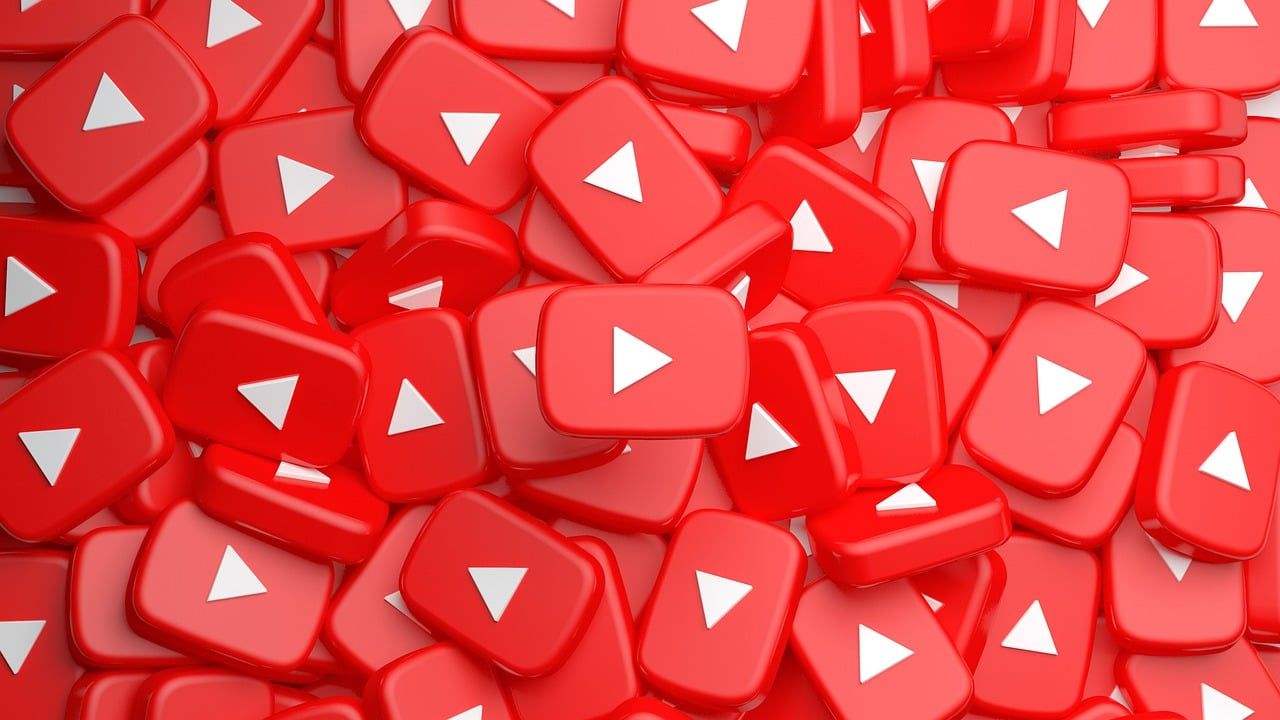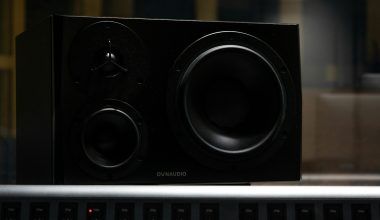If you’re an artist or musician looking to share your work with the world, uploading your music on YouTube Music and other platforms is an essential step. Music platforms have revolutionized the way artists connect with audiences. Gone are the days when you had to rely on record labels or physical distribution; now, anyone can share their talent online. Whether you’re a budding musician or an established artist, understanding how to upload your music on YouTube Music and other platforms will set you up for success.
Why Should You Upload Your Music on YouTube Music?
YouTube Music is a powerful platform for artists. With millions of active users worldwide, it gives you the opportunity to reach a diverse audience. Additionally, YouTube Music integrates seamlessly with YouTube itself, meaning your music can be discovered by video viewers as well. This double exposure increases the chances of your music going viral. Plus, the platform is free to use for listeners, making it an attractive option for fans who may not have subscriptions to other streaming services.
If you’re wondering why YouTube Music stands out, here are a few compelling reasons:
- Broad Audience Reach: Millions of music lovers browse YouTube Music daily.
- Monetization Opportunities: With ads and premium memberships, you can earn from your uploads.
- Discoverability: The algorithm often promotes new content to relevant users.
But why stop at YouTube Music? There are countless platforms like Spotify, Apple Music, Amazon Music, and SoundCloud. Uploading your music on multiple platforms ensures you reach listeners wherever they are.
Preparing Your Music for Upload
Before you upload your music on YouTube Music or any platform, it’s crucial to prepare it properly. High-quality production matters. Even the best song might get overlooked if the sound quality is poor. Take time to polish your tracks and ensure they meet the industry standard.
- Ensure High-Quality Audio: Use a professional recording setup or hire a producer to help you get the best sound.
- Organize Your Files: Save your music files in commonly accepted formats like MP3 or WAV.
- Create Cover Art: A visually appealing cover helps grab attention.
- Check Metadata: Add proper metadata, including the title, artist name, and genre. Metadata helps platforms and listeners identify your music easily.
How to Upload Your Music on YouTube Music
Uploading your music on YouTube Music involves a straightforward process. Here’s how you can do it step by step:
- Create a YouTube Account: If you don’t already have one, sign up for YouTube. This account will be linked to YouTube Music.
- Set Up a YouTube Channel: Customize your channel with a profile picture, banner, and description. Make it appealing and professional to attract potential fans.
- Access YouTube Music: Navigate to the YouTube Music section and sign in with your YouTube credentials.
- Upload Your Tracks: Go to the upload section, choose your music files, and fill in all necessary details like title, description, and tags. Don’t forget to include your cover art.
- Monetize Your Content: If eligible, enable monetization to earn from ads or premium streams.
- Share Your Upload: Promote your music on social media and among your fanbase.
Expanding to Other Platforms
While YouTube Music is an excellent starting point, don’t limit yourself. Each platform has unique features that can help grow your audience. Let’s explore how to upload your music on a few of the most popular platforms:
Spotify
Spotify is a leading music streaming platform with millions of active users. To upload your music on Spotify, you’ll need a music distributor. Distributors like DistroKid, TuneCore, or CD Baby handle the uploading process for you and ensure your tracks appear on Spotify, along with other platforms.
Steps:
- Choose a distributor and sign up.
- Upload your music files and metadata.
- Select Spotify as one of your target platforms.
- Pay the required fees (varies by distributor).
- Wait for your music to go live on Spotify.
Apple Music
Apple Music caters to a premium audience. Like Spotify, you’ll need a distributor to upload your music.
Steps:
- Use your chosen distributor to upload your tracks.
- Ensure your album meets Apple Music’s quality standards.
- Provide all necessary details, such as release dates and regions.
SoundCloud
SoundCloud is a great platform for independent artists. Unlike Spotify or Apple Music, you can upload music directly without a distributor.
Steps:
- Create a SoundCloud account.
- Go to the upload section and add your tracks.
- Fill in details like title, description, and tags.
- Choose whether your track will be public or private.
- Publish and share your music.
Tips for Promoting Your Music
Once you’ve uploaded your music on YouTube Music and other platforms, the next step is promotion. Here are some tips to help you gain traction:
- Leverage Social Media: Share your music links on platforms like Instagram, Twitter, and Facebook.
- Collaborate with Influencers: Partner with content creators or influencers to feature your music.
- Engage with Your Audience: Respond to comments and messages to build a loyal fanbase.
- Use Ads: Run targeted ads to reach a larger audience.
- Release Consistently: Keep your fans engaged by uploading new content regularly.
Why Consistency Matters
Consistency is key when building an online presence. Regularly uploading your music and interacting with your audience helps you stay relevant. It also signals algorithms to promote your content. When you upload your music on YouTube Music and other platforms consistently, you create a habit for your listeners, making them more likely to return for your next release.
Wrapping Up
Uploading your music on YouTube Music and other platforms is more than just sharing your tracks. It’s about reaching listeners, building connections, and growing as an artist. With a strategic approach, you can maximize your exposure and turn your passion for music into a thriving career. Remember to stay patient, keep improving your craft, and never stop promoting your work. Every upload brings you closer to your dreams.
Related Articles:
For further reading, explore these related articles:
- Why You Might Need to Find a Song from a Tune
- Understanding Music Director Salary: Your Comprehensive Guide
For additional resources on music marketing and distribution, visit DMT Records Private Limited.






